Sections
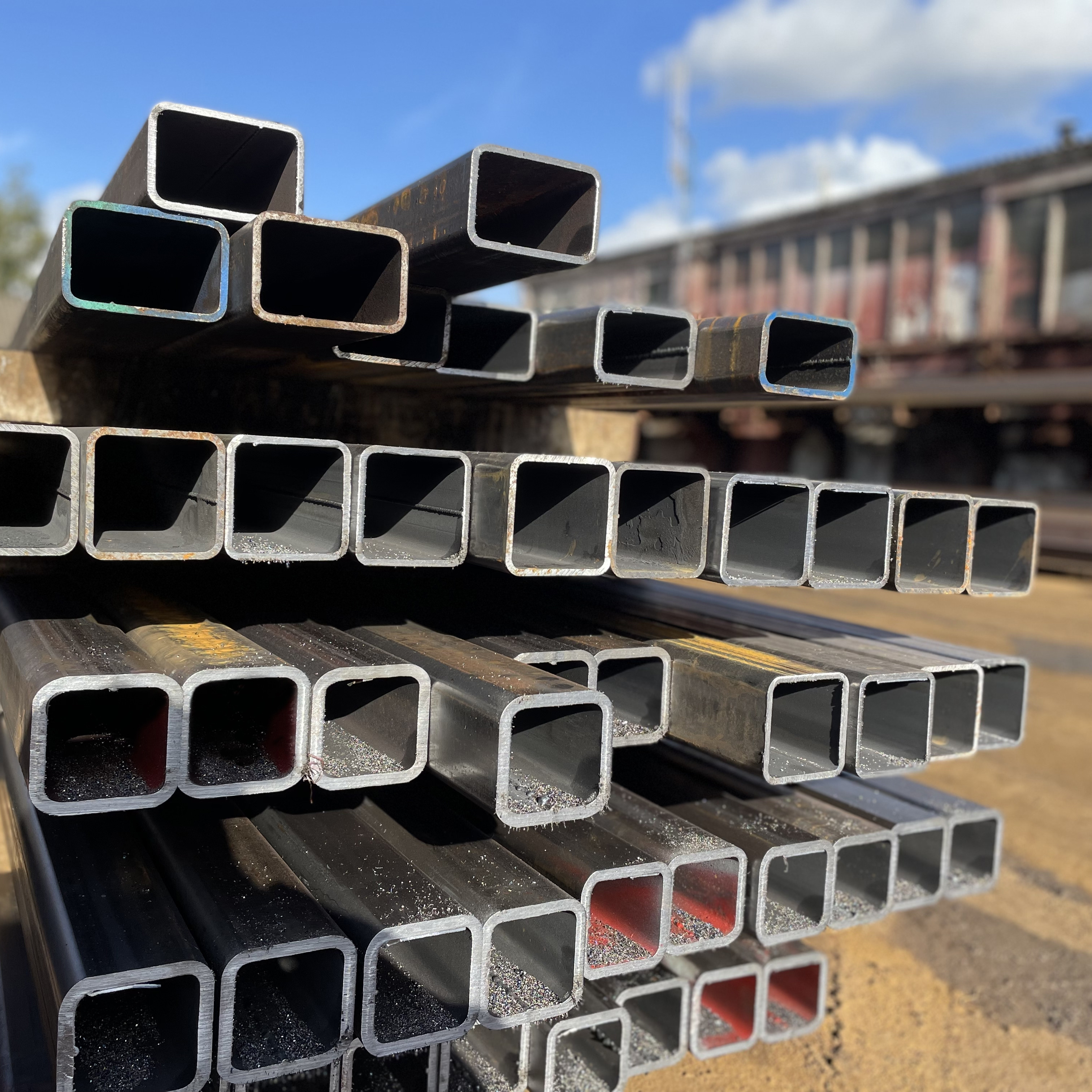
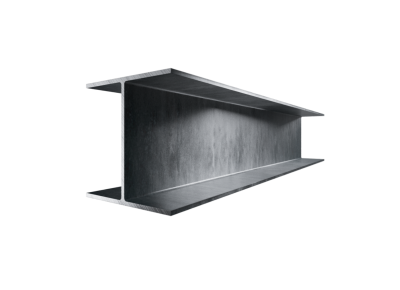
Universal Column (UC)
Universal Columns (UC) act as the vertical counterparts to structural steel Universal Beams. They are often called H Sections or I Sections. A Universal Column is structured to hold loads along its vertical axis and to resist twisting.
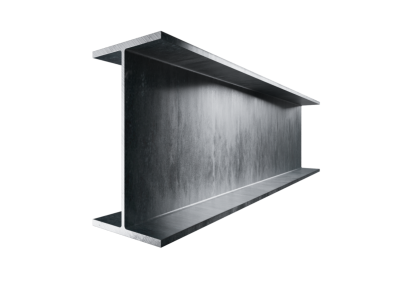
Universal Beam (UB)
Universal Beams serve a dual purpose. They provide structural support but they also serve to hold a building together in the event of severe force or shock. Universal Beams are used in horizontal applications (i.e. roof supports), and they are often used in conjunction with columns.
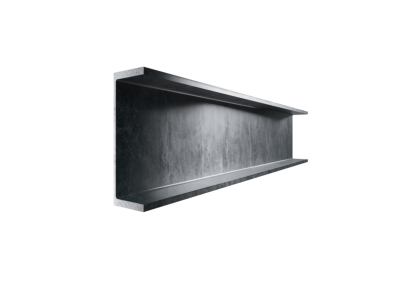
Parallel Flange Channel (PFC)
Also referred to as C sections for their shape, Parallel Flange Channels (PFC) are used for construction support thanks to their excellent deflection resistance and strength characteristics Typically used as columns or as support for floor joists, portal frames, columns and trailer frames because of their loadbearing profile.
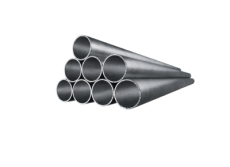
Circular Hollow Section (CHS)
Mild Steel Circular Hollow Sections are a commonly used material in construction and engineering. They are known by other names such as Steel Tube Section, Cold Formed Circular Hollow, Circular Mild Steel Hollow, Hollow Tube and Tube Section.
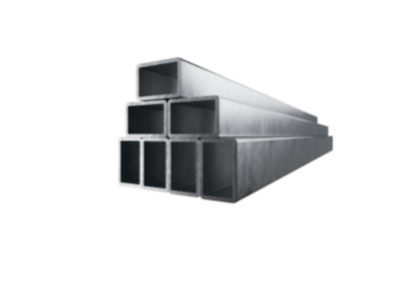
Rectangular Hollow Section (RHS)
A Rectangular Hollow Section, more often referred to as an RHS, is arguably the strongest hollow section, with the largest amount of functionality. It is a very popular choice amongst builders and others completing high-functioning structural or mechanical projects.
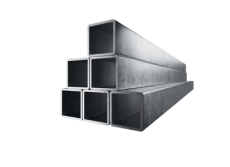
Square Hollow Section (SHS)
The equal-sided symmetry of a square hollow section is commonly used when a balance is required between strength and functionality. In terms of appearance it is positioned between a circular hollow section and rectangular hollow section. It is commonly used in structural and mechanical applications.
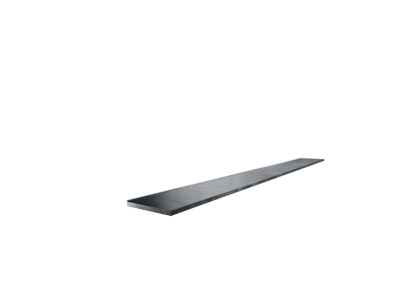
Mild Steel Flat (FLT)
Flat Sections are used anywhere where a connection between two beams is required. They are used for Base Plates, End Plates, Stiffeners Gussets, Tabs, Splice Plates and many more. In some cases they add strength to a beam when welded along its length (top or bottom).
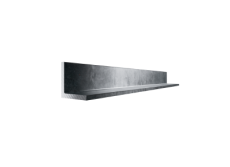
Rolled Steel Equal Angle (RSA)
Steel Angles are the most basic type of roll-formed steel. They are formed by bending a single angle in a piece of steel. Angle Steel is ‘L’ shaped and the most common type is at a 90° angle. For structural steel purposes, equal angles are most often used for brackets for cleat connections. They are sometimes also used as lintels (2 angles bolted back to back) and are commonly used for balconies, platforms, stairs and concrete supports.

Rolled Steel Unequal Angle (RSUA)
On Rolled Steel Unequal Angle sections the legs of the 'L' shape are unequal in length. They are just as reliable as Equal Angle sections and are commonly used to construct items that require varying amounts of support in different areas - making them versatile and ideal for use across multiple industries.
